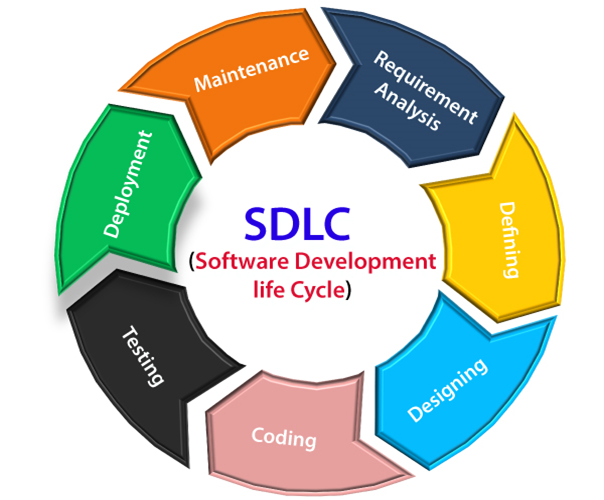What is the Difference Between Software Planning and SDLC?

What is the Difference Between Software Planning and SDLC?
Software Development Life Cycle (SDLC):
The SDLC is the overall framework or process used for developing software from inception to deployment and maintenance.
It encompasses a series of phases or stages that guide the progression of the software project, typically including requirements analysis, design, implementation, testing, deployment, and maintenance.
Each phase of the SDLC has its own objectives, activities, and deliverables, and the process is iterative, meaning that it may involve cycles of planning, development, testing, and refinement.
The SDLC provides a structured approach to software development, ensuring that projects are well-managed, organized, and completed according to predefined requirements and standards.
In summary, software planning is a specific phase within the broader context of the SDLC. It focuses on setting the direction and objectives of the project, while the SDLC encompasses the entire software development process, from initial planning to final deployment and maintenance.